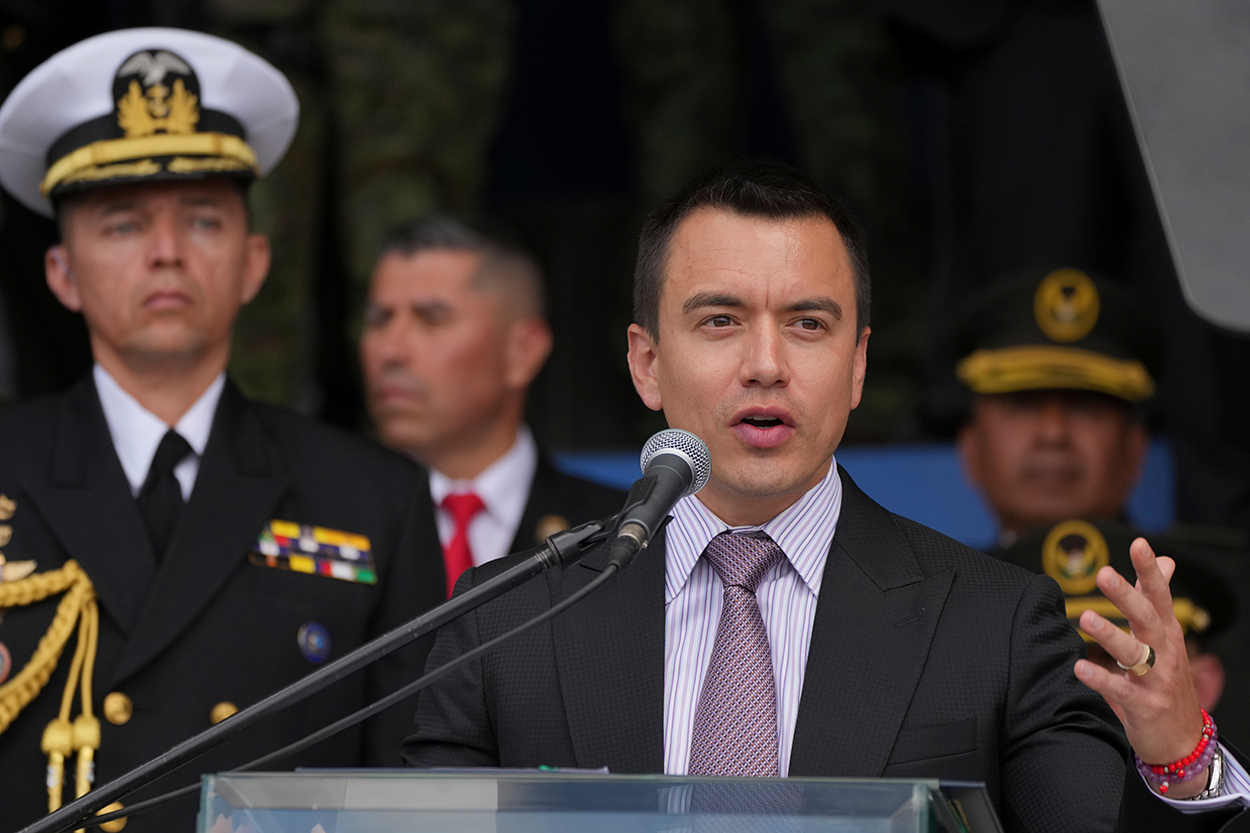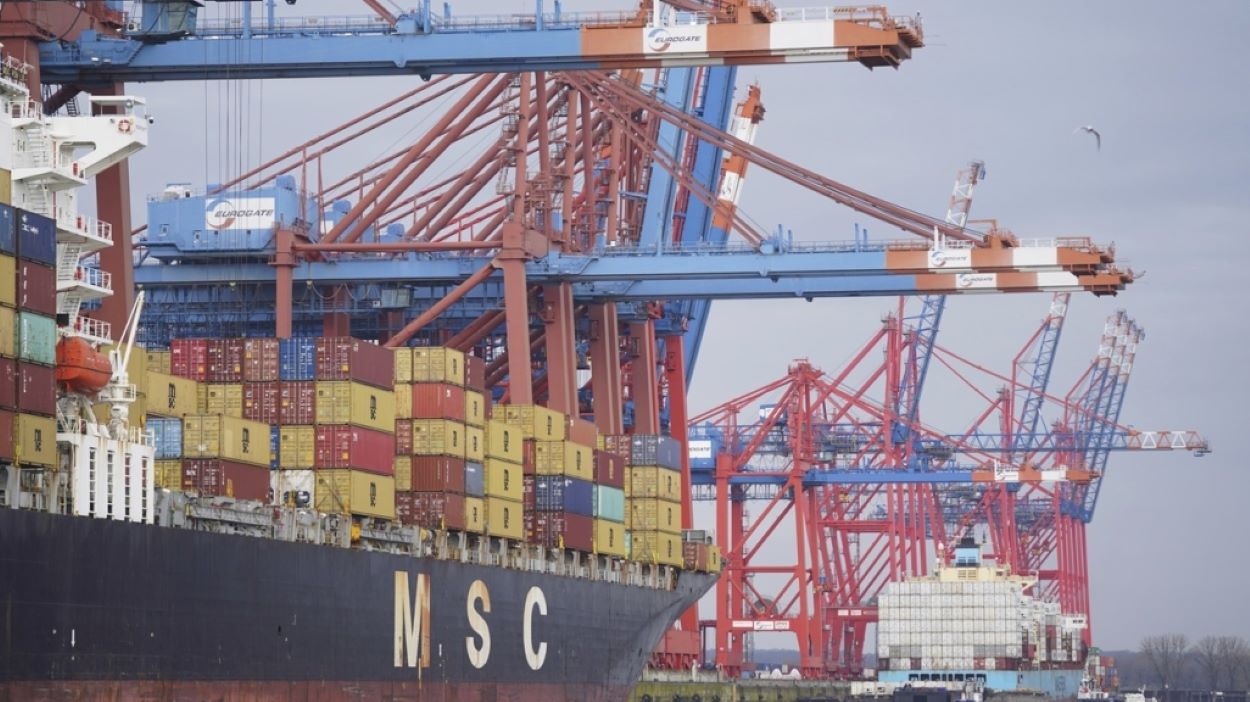With Japan in the Ring, TPP Talks Increase in Clout
With Japan in the Ring, TPP Talks Increase in Clout
Representatives from Asia-Pacific economies meet in Peru May 15 to continue negotiations on a far-reaching trade deal, recently energized by news that Japan will join talks.
Leaders of Pacific Rim economies will meet May 15 through 24 in Lima to debate the latest round of negotiations for the wide-reaching Asia-Pacific trade agreement being spearheaded by the United States and other pro-trade governments in the region. The Trans-Pacific Partnership (TPP) aims to bind together the “noodle soup” of regional agreements currently in place and streamline Pacific commerce. This round of talks—the seventeenth held to date—comes shortly after the April 21 announcement that Japan will participate in negotiations.
Eleven countries are formal TPP members: Australia, Brunei, Canada, Chile, Malaysia, Mexico, New Zealand, Peru, Singapore, the United States, and Vietnam. Once Japan formally joins, the TPP will encompass nearly 40 percent of global GDP, nearly a 10 percent of total trade, and one third of U.S. external trade. In an op-ed for Politico, U.S. Senator Mike Johanns (R-NE) and former U.S. Secretary of Agriculture Dan Glickman called Japan’s decision to seek inclusion a “game-changer” for the U.S. agricultural market, which accounted for $13.5 billion in exports in 2012 without the trade liberalization mechanisms that the TPP might afford.
A number of other Pacific Rim countries expressed interest in joining, including Colombia and Costa Rica from Latin America and Laos, the Philippines, and Taiwan from Asia. The United States has also urged South Korea to participate in the TPP, leaving at least one major economy out in the cold: China. The nascent Transatlantic Trade and Investment Partnership, which involves free-trade negotiations between Europe and the United States, also excludes Beijing. The Economist reports that “developed economies are anxious to set international trade rules without much Chinese influence while they still can.”
The TPP could offer members regulatory coherence and liberalized markets in the format of what some have called a “twenty-first century agreement.” This has significance for the three Pacific Alliance members already party to the TPP (Chile, Mexico, and Peru), while giving the fourth Pacific Alliance member (Colombia) a reason for its desire to join. The 11 TPP countries receive close to half of Colombia’s exports. Costa Rica also sought support for joining TPP negotiations during President Barack Obama’s recent visit to San Jose. The Central American country is seeking full membership to the Pacific Alliance, for which it is currently holds observer status, and has bilateral trade agreements already in place with all Pacific Alliance countries as well as a number of TPP members. “U.S. officials should help prepare other partners in the hemisphere for accession in the coming years,” write Barbara Kotchwar and Jeffrey J. Schott in a new Americas Quarterly article on the TPP. “Such an effort should give priority to members of the Pacific Alliance, but should also reflect the U.S. interest in re-engaging Latin America more broadly.”
Read more:
- Access the Office of the U.S. Trade Representative’s TPP page.
- Read notes from the sixteenth round of talks, held in Singapore March 2013.
- Read a BBC rundown on the trade negotiations.







